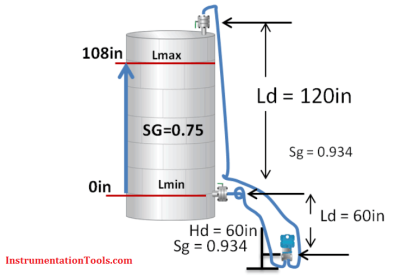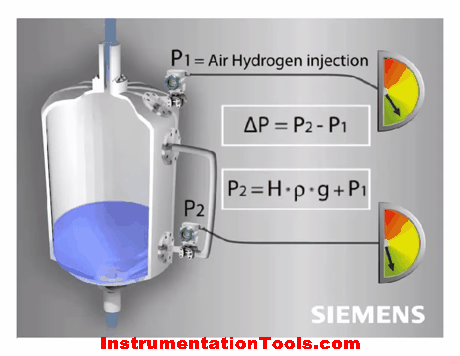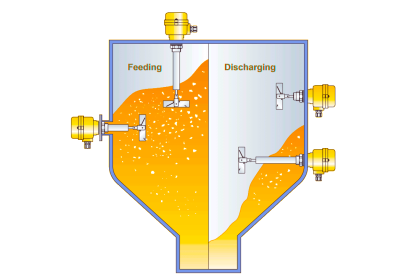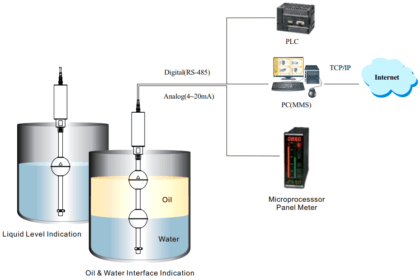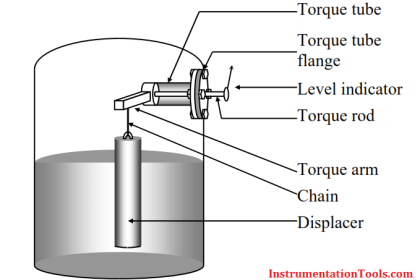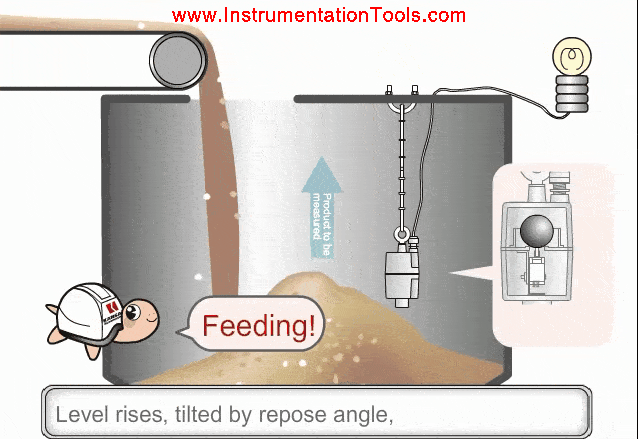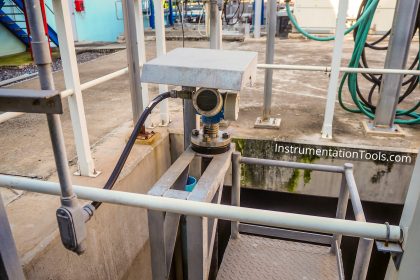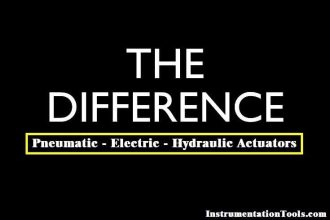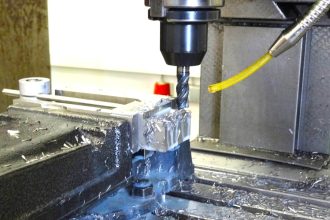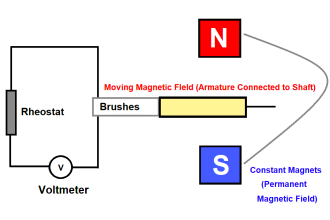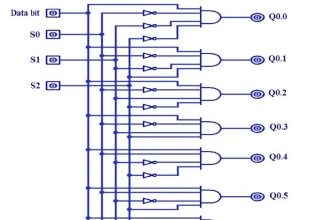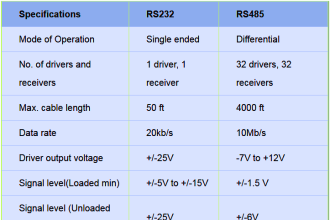Radar tank gauging is currently one of the most popular level measurement methods used in the fuel (gasoline) storage industry. Radar level measurement was originally developed for use on crude oil carriers because there was a requirement to be able to measure the quantity of oil by non invasive means.
A fundamental drawback with radar systems is ‘blocking distance’. This is the term given to the instance where the tank contents level gets too close to the radar device so that it is no longer possible for the transmitted radar signal to be reflected back from the liquid surface to the detector in a meaningful way.
Radar systems have no moving parts, and as such incur little mechanical wear when compared to servo gauge technology. However because these systems have an electronic contingent, the aging of circuit components can become a potential cause of system failure.
First-generation radar level measurement systems are still providing accurate measurement up to 30 years on from the initial installation. An advantage that radar systems offer over servo gauge systems is that as they age during a time in service it becomes more cost-effective to repair radar systems when compared to the repair costs that would be expected for a similarly aged servo gauge system carrying out the same activity.
There are two variants of radar level measurement systems that are used in the gasoline storage industry.
They are:
- Contacting Radar tank gauges
- Non-contacting Radar tank gauges
Contacting Radar Tank Gauging
As the name suggests, this method of radar tank gauging requires the system to come into contact with the liquid being stored.
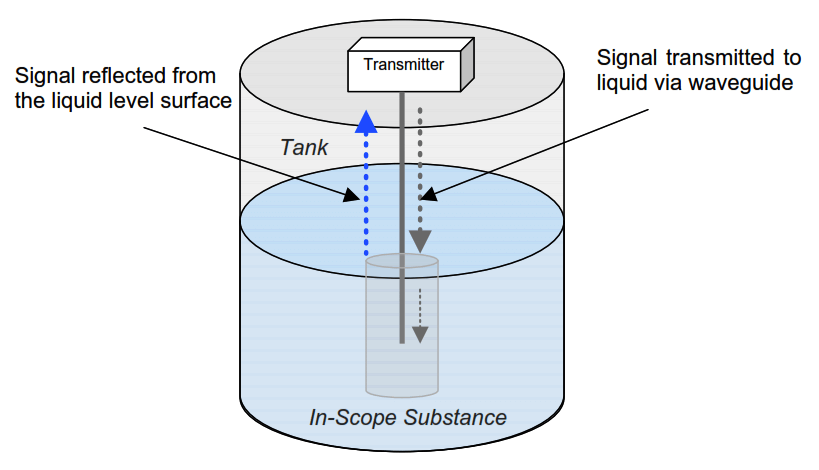
Figure: Simple diagram to demonstrate a contacting radar level measurement system
Contacting radar gauges have a probe, known as a ‘waveguide’ in the tank, which is used to perform the measurement by transmitting a periodic pulse. The transmitted pulse will reflect off of the surface of the stored gasoline, which in turn is detected by a sensor using one of the following methods:
1. Time Domain Reflectometry (TDR);
2. High-efficiency low power, DC sensing methods. These include:
- Guided wave radar (GWR) based upon TDR;
- Phase Difference Sensor (PDS), determines the level from the change in phase angle of material in the container.
Non-contacting Radar Tank Gauging
Non-contacting radar level measurement does not employ a waveguide to transmit the radar signal to the stored liquid surface; it transmits the radar signal directly into the free space of the storage tank. The signal is then reflected back to detectors mounted within the tank, out of reach of the stored material.
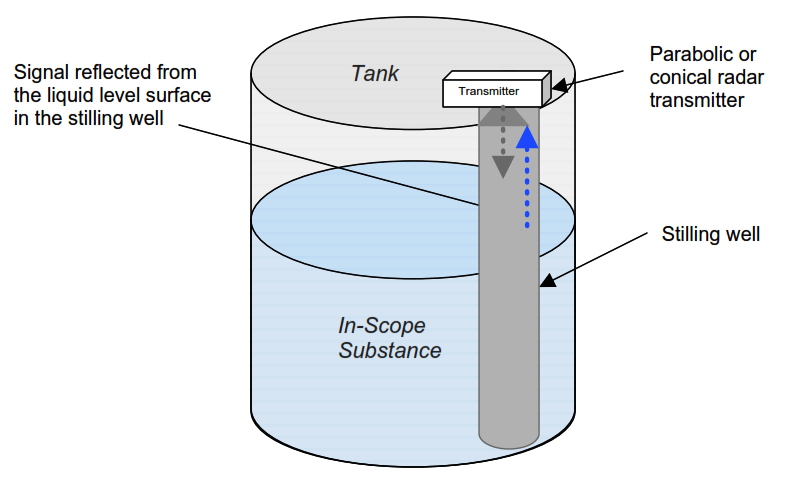
Figure: Simple diagram to demonstrate a non-contacting radar level measurement system
This method of tank gauging is often incorporated into a stilling well. A stilling well is a more controlled environment in which to perform the level measurement. The radar propagates deeper in a stilling well than it does in the main tank. This removes the potential for misreading due to false echo caused by internal tank obstacles.
However, using stilling wells requires the radar transmitter to have a parabolic cone to direct the signal. This is to minimize the possibility of false echoes occurring in the measurement due to reflections off the stilling well wall.
Testing of Radar Level Measurement Systems
A method of testing a radar level measurement system, suggested by a reputable manufacturer, is to place a steel plate a known distance away from the transmitter. The transmitted signal is then reflected from the metal plate instead of the liquid surface. This is a preferable means of testing the system because it can be conducted in situ, but not involve the operator having to interact with the stored material and the associated safety implications.
It has been suggested that radar systems are particularly suitable for the level measurement of products with a low dielectric constant, for example, products like LNG and LPG. Guided radar level measurement systems, if set up correctly, can achieve measurement accuracy of up to 2 mm for process level measurement. Higher accuracy can be achieved for fiscal measurements if required.
System integrators who specialize in gasoline level measurement applications suggest that radar systems are one of the most favored methods of level measurement used in the gasoline storage industry at present. It works best for tanks that only store one type of product (referred to as ‘fixed service’). Its advantage is that there are no moving parts and is fairly low cost.
A disadvantage of the radar systems is that they can be problematic to install and set up correctly. Problems with radar systems are generally experienced at the installation phase of the lifecycle. These can be due to vapor being present or obstructions in the tank which causes false echoes. Therefore, the design of a radar level measurement system is very important and systems designers have to give consideration to where transmitters and receivers are placed to minimize the effects of factors like vibration and echoes.
The successful installation of a radar system would require the tank to be completely filled and discharged in order to determine level measurement accuracy. However, in practice, this is rarely practicable because the tanks will generally contain some material, so delayed indication of level measurement problems can occur.
When tanks are very full or very near to empty, accuracy is greatly reduced because of tank reflections. Tank reflection is where the returning signal is bounced back from a surface other than the product surface as intended. Reflections can come from tank walls, instrumentation housing that is invasive to the tank or, most commonly, tank furniture/fittings such as internal staircases.
Inaccuracies in measurement can also be experienced if the product in the tank is rippling because it causes the return signal to scatter and disperse or take longer to reach the receiver. Although this is a noted issue, newer versions of this type of radar system compensate for the product rippling effect.
Tall narrow tanks are a problem for radar systems, and therefore the radar transmit beam spread/width is critical. However, accuracy in the order of ±1 mm can be achieved with correctly installed and well-maintained radar level measurement systems, which is comparable to servo gauge systems measurement accuracy.
System integrators have highlighted that common causes for degradation in measurement accuracy over time can be attributed to the following causes. However, it should be noted that these named causes are not normally associated with the storage of gasoline.
- The signal to noise ratio (SNR) can increase over time due to the crystallization of the stored product. This is not an issue for gasoline storage but should be acknowledged for this type of system.
- The stored product, again gasoline is not an issue, can corrode the antenna resulting in degradation of measurement accuracy.
This method of level measurement has been shown to measure erroneously up to 10mm/m in the presence of light hydrocarbon materials. Radar level measurement used with heavy hydrocarbon materials does not experience errors of this magnitude assuming it is designed and set up correctly for the application.
As an aside note, although gasoline (fuel) storage tanks do not contain such equipment, another source of measurement inaccuracy experienced with radar systems is interference from process equipment like tank agitators.
Read Next:
- Animation of Level Sensors
- Pressure Transmitter Animation
- Bubbler Level System
- Interface Level Measurement
- Calibration of Displacer Level Sensor
